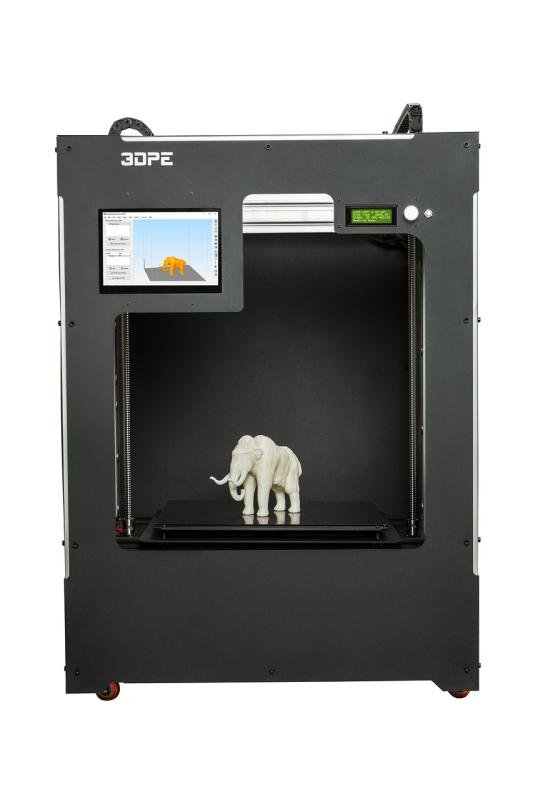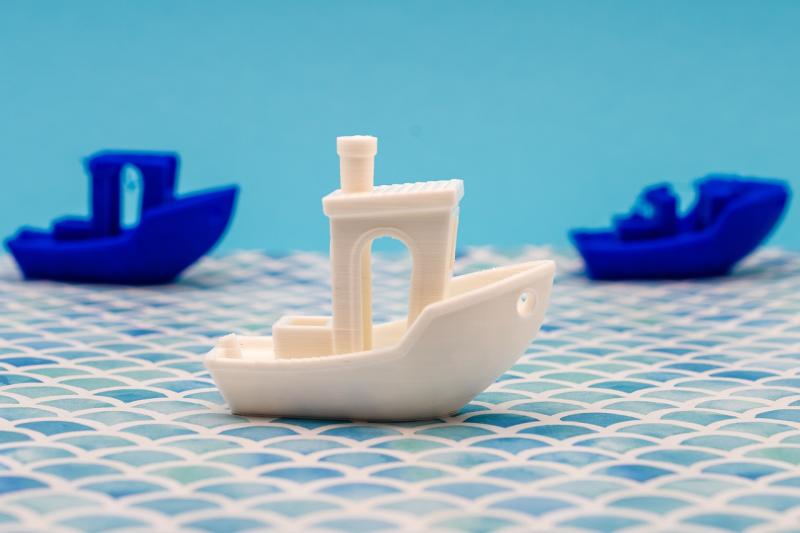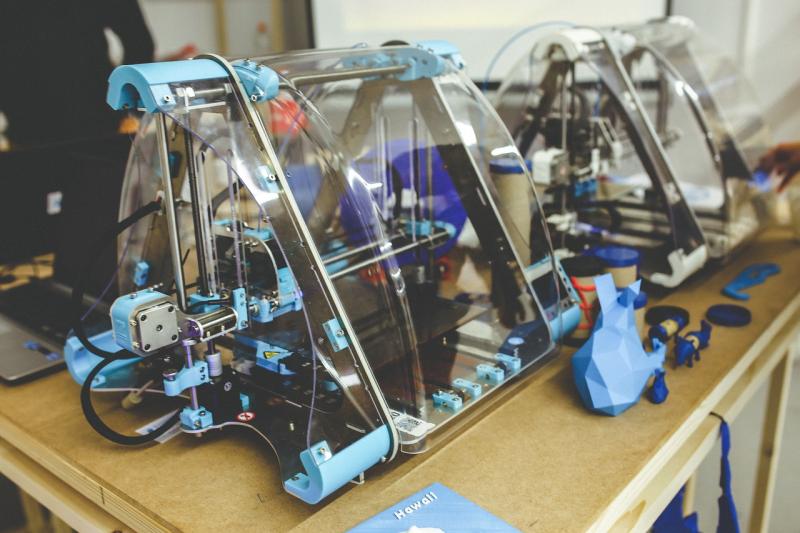3D printing technology, also known as additive manufacturing, has transformed the way we create objects. This innovative process allows users to design and produce three-dimensional items directly from a computer model. Unlike traditional manufacturing methods that often cut away material from a solid block, 3D printing builds objects layer by layer, which can lead to less waste and more complex shapes.
Initially, 3D printing was primarily used for prototyping in industries like automotive and aerospace, where rapid development can significantly cut costs and time. However, as the technology has evolved, it has found applications in various fields, from healthcare, where it creates custom prosthetics and dental implants, to fashion, where unique designs can be produced in short runs. The versatility of 3D printing has opened the door for hobbyists and entrepreneurs alike to explore their creativity and bring their ideas to life.
Todays' 3D printers come in a variety of models and types, each tailored for different needs and budgets. Fused Deposition Modeling (FDM), Stereolithography (SLA), and Selective Laser Sintering (SLS) are just a few examples of popular technologies that you will encounter. Each method has its strengths and weaknesses, making it essential to understand these differences when considering which type of 3D printer is best suited for your specific project.
As we delve into the different types of 3D printers, it’s important to appreciate how this technology is shaping not only industries but also the possibilities for personal projects. With affordability on the rise and accessibility improving, 3D printing is not just a futuristic concept but a present-day reality that is continuously evolving, encouraging innovation and creativity in countless ways.
Fused Deposition Modeling Explained
Fused Deposition Modeling, or FDM, is one of the most popular methods used in 3D printing today. At its core, FDM works by melting a thermoplastic filament and extruding it through a heated nozzle. This process allows the printer to create objects layer by layer, building them up from the base to the top. The filament is typically supplied in spools, and common materials used include PLA, ABS, and PETG, each offering different benefits for various applications.
The beauty of FDM lies in its simplicity and accessibility. Many hobbyists and small businesses utilize FDM printers due to their relatively low cost, ease of use, and the wide availability of materials. Unlike some advanced 3D printing techniques, FDM printers can often be found in home workshops or classrooms, making it an ideal choice for beginners eager to explore the world of additive manufacturing.
As the printer works, it employs a specific technique known as layering. This technique allows for intricate designs and complex geometries to be produced with ease. Each layer is typically only a fraction of a millimeter thick, creating detailed and precise objects. After each layer is deposited, it quickly cools and solidifies, providing a stable structure for the next layer. This layering process is what sets FDM apart from other printing methods, enhancing its versatility in producing functional prototypes, toys, and even engineering components.
While FDM has its advantages, it also comes with some limitations. The resolution and finish of an FDM print may not match that of other 3D printing technologies, such as SLA or SLS. This can result in visible layer lines, and post-processing may be necessary to achieve a smoother finish. However, for many users, the benefits of affordability, accessibility, and straightforward operation make FMD a go-to choice in the vibrant landscape of 3D printing.
Stereolithography and Its Benefits
Stereolithography, commonly known as SLA, is one of the pioneering technologies in the field of 3D printing. Developed in the 1980s, this additive manufacturing process uses a focused beam of ultraviolet (UV) light to cure liquid resin layer by layer. The precision of this method allows for intricate designs and detailed models that are hard to achieve with other printing techniques. SLA is particularly favored in industries such as jewelry design, automotive, and healthcare for its ability to produce highly accurate prototypes and functional parts.
One of the standout benefits of stereolithography is its exceptional level of detail. The fine resolution of SLA printers enables the creation of complex geometries and smooth surfaces, making them an ideal choice for applications requiring intricate features. Whether designers need a finely detailed prototype for a new product or a medical professional seeks a high-fidelity anatomical model, SLA can deliver results that meet high standards of accuracy.
Another advantage of SLA is the range of materials available. Users can select from a variety of resins, each offering different properties such as flexibility, strength, or clear transparency. This versatility allows for tailored solutions depending on the specific needs of a project. From durable end-use parts to highly detailed artistic models, the adaptability of SLA materials makes it a powerful tool for any designer or engineer.
Stereolithography also stands out due to its relatively fast production speed. While each layer must be cured before moving on to the next, the speed at which the laser works allows for quicker turnaround times compared to some other methods. For businesses that require rapid prototyping, this efficiency can lead to faster development cycles and a competitive edge in the market. With SLA’s combination of speed, precision, and material options, it continues to be a popular choice in the ever-evolving world of 3D printing.
Understanding Selective Laser Sintering
Selective Laser Sintering (SLS) is an innovative 3D printing technology that has gained significant popularity in recent years. This technique utilizes a high-powered laser to fuse powdered materials, such as plastic, metal, or ceramic, layer by layer, to construct a solid object. The process begins with a laser scanning across a bed of powdered material, melting and bonding particles together in the desired shape. Once the laser has finished its work on one layer, the build platform lowers slightly, and a new layer of powder is spread over the top. This cycle continues until the final object is complete.
One of the standout features of SLS is its ability to create highly complex geometries and intricate designs. Because the support structures are made from the same powder material, there is no need for additional supports, which can be a downside in other 3D printing methods. This allows for greater design freedom and opens up possibilities for creating lightweight and durable components, making SLS an excellent choice for industries like aerospace, automotive, and medical.
SLS printers are known for their efficiency and speed, especially when producing multiple parts in a single build. Since the entire bed of powder is used to support the printed object, there is minimal waste generated during the process. This efficiency not only reduces costs but also contributes to more sustainable manufacturing practices. In addition, the variety of materials available for SLS printing allows for versatile applications, from functional prototypes to end-use parts.
Despite its many advantages, SLS does come with some challenges. The initial setup costs can be higher than other 3D printing technologies, and the post-processing stage often requires specialized equipment to fully finish the printed parts. Furthermore, while the finished items can be strong and functional, achieving the desired surface finish may necessitate additional smoothing or treatment steps. However, as the SLS technology continues to evolve, many of these hurdles are being addressed, making it an increasingly attractive option for manufacturers and designers alike.


